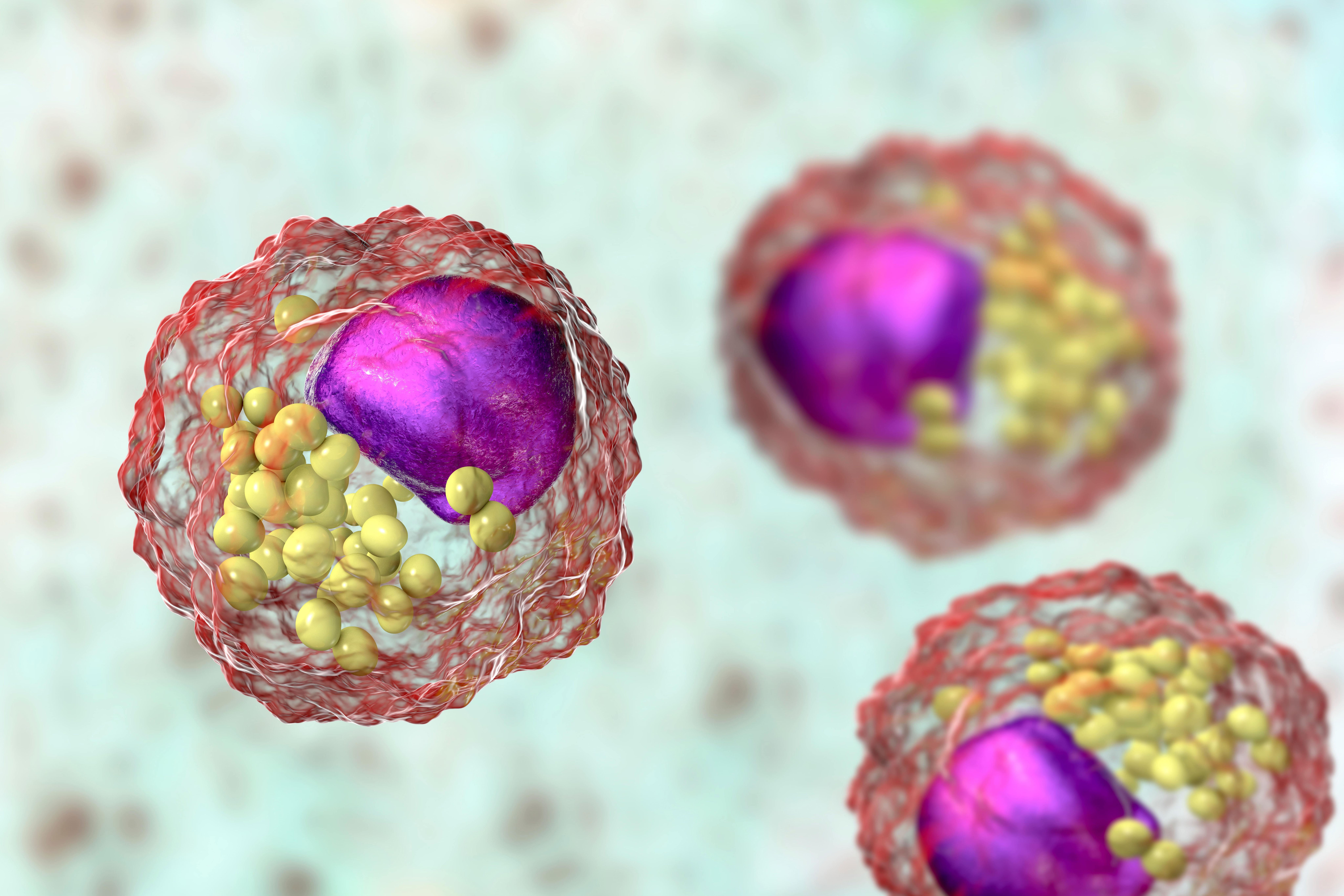Analyzing PCSK9 Inhibitor Use in Adults With Cardiovascular Disease
A cohort study investigates how a change in clinical guidelines, an expanded label, and reduction in drug prices can impact the use of PCSK9 inhibitors as a treatment for atherosclerotic cardiovascular disease.

In the United States, atherosclerotic cardiovascular disease (ASCVD) continues to be the leading cause of death, with a high level of low-density lipoprotein cholesterol (LDL-C)—or “bad” cholesterol—contributing to this, especially in patients who have genetic lipid disorders.1
In patients with arteriosclerosis, the blood vessels that transport oxygen and nutrients from the heart throughout the rest of the body thicken and become stiff, which can inhibit blood flow to the organs and tissues. Comparatively, healthy arteries are flexible and elastic. Over time, however, artery walls can harden. While classified as a heart condition, arteriosclerosis can occur in arteries anywhere in the body.2
Statins have normally been considered the first line of treatment for lowing LCD-C, but by 2015, the FDA had approved proprotein convertase subtilisin/kexin type 9 (PCSK9) inhibitors (PSCK9i) represented in order to manage elevated LDL-C in ASCVD and familial hypercholesterolemia, with the latter being a genetic disorder caused by a chromosome 19 defect. Two years later, the FDA expanded the label to also include patients with primary hypercholesterolemia.1
Despite this development, when investigators decided to analyze eligible patients with PCSK9i prescriptions from 2015-2017 using the Family Heart Database, the majority of individuals did not meet adherence requirements. In fact, 61% of patients rejected prescription status, while 15% abandoned their medication. These numbers were directly correlated with “higher cardiovascular event rates” when compared to those patients who paid for their prescriptions.
However, by 2017-2019, various factors were anticipated to improve these numbers:
- New clinical practice guidelines suggesting that PCSK9i hit the necessary LDL-C levels
- Further expansion of the PCSK9i label
- A 60% slashing of PCSK9i prices
- Promising results from not one, but two cardiovascular outcomes trials that illustrated benefits to PCSK9i
Given all of these developments, investigators in a cohort study published in Circulation: Cardiovascular Quality and Outcomes1 sought to analyze adults prescribed PCSK9i between July 2015 and December 2021, with the help of the aforementioned Family Heart Database, which consists of US healthcare claims data from Symphony Health.
Coverage for new prescriptions were either classified as paid (covered by insurer; picked up by individual), rejected (rejected by the insurer); or abandoned (covered by insurer; not picked up), while two time periods were used as points of evaluation (2015–2018 and 2019–2021).
The study determined that:
- During the 2019-2021 timeframe, new PCSK9i prescriptions rose to 470,018, compared to 238,704 during the 2015-2018 timeframe.
- 30.95% of PCSK9i prescriptions are rejected by insurance plans. This is quite high when compared alongside other cardiometabolic therapies, whose rejection rates range from 3.53% to 14.61%)
- The paid prescription rate for PCSK9i coverage was lower (49.93%) than those for other guideline-recommended cardiometabolic therapies, which ranged from 68.49% (liraglutide) to 84.45% (apixaban).
Overall, despite limitations regarding possible misclassification or biases pertaining to administrative claims data, the numbers suggest that the guideline recommendations, label expansion, and price reduction, have increased PCSK9i approval and utilization rates.
The investigators concluded that “results from this real-world analysis suggest continuing barriers for PCSK9i use. Compared with a previous analysis of the Family Heart Database, PCSK9i utilization was markedly higher. New PCSK9i prescriptions increased 2.7-fold in the time periods assessed, which may reflect the incorporation of PCSK9i into guideline treatment algorithms as well as the expanded indication to reduce ASCVD risk.”
References
1. MacDougall DE, Baum SJ, Ahmed CD, McGowan MP, Wilemon KA. Trends in Patient Access to and Utilization of Prescribed PCSK9 Inhibitors in a Large US Claims Database From 2015 to 2021. Circulation: Cardiovascular Quality and Outcomes. https://www.ahajournals.org/doi/10.1161/JAHA.123.029042
2. Arteriosclerosis/atherosclerosis. Mayo Clinic. Webpage. Updated July 1, 2022. Accessed February 22, 2024. https://www.mayoclinic.org/diseases-conditions/arteriosclerosis-atherosclerosis/symptoms-causes/syc-20350569
Newsletter
Stay ahead in the life sciences industry with Pharmaceutical Commerce, the latest news, trends, and strategies in drug distribution, commercialization, and market access.
How Industry Stakeholders View Medicare Advantage Expansion for Patients with Kidney Disease
July 7th 2025A qualitative study explores how MA plan leaders, kidney care managers, and dialysis providers perceive the benefits, risks, and marketing practices surrounding MA enrollment for patients with end-stage kidney disease.